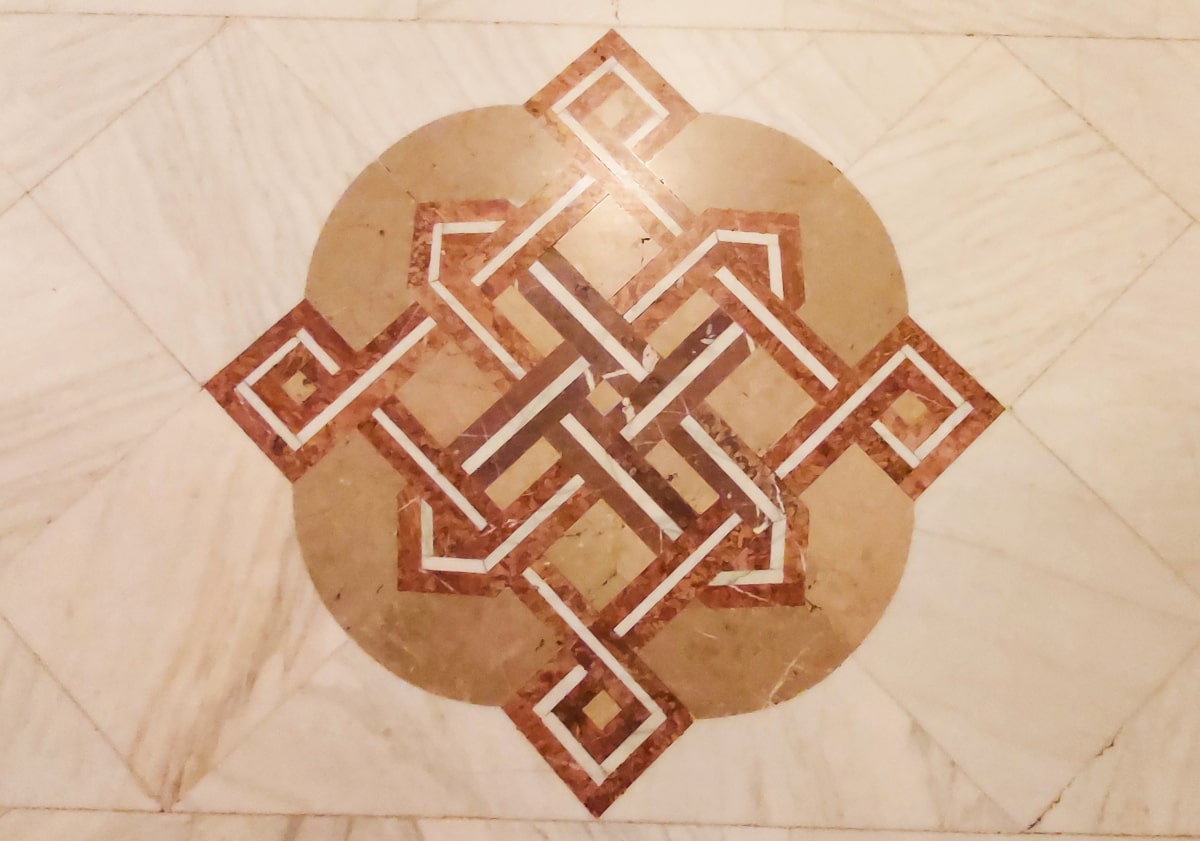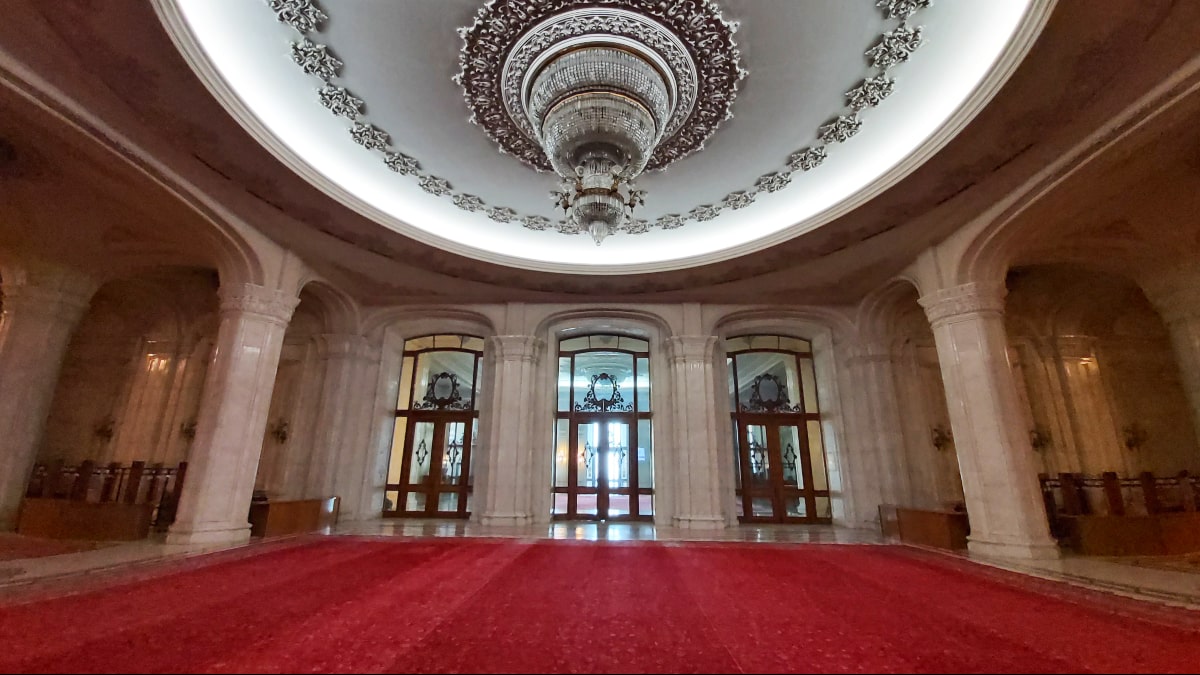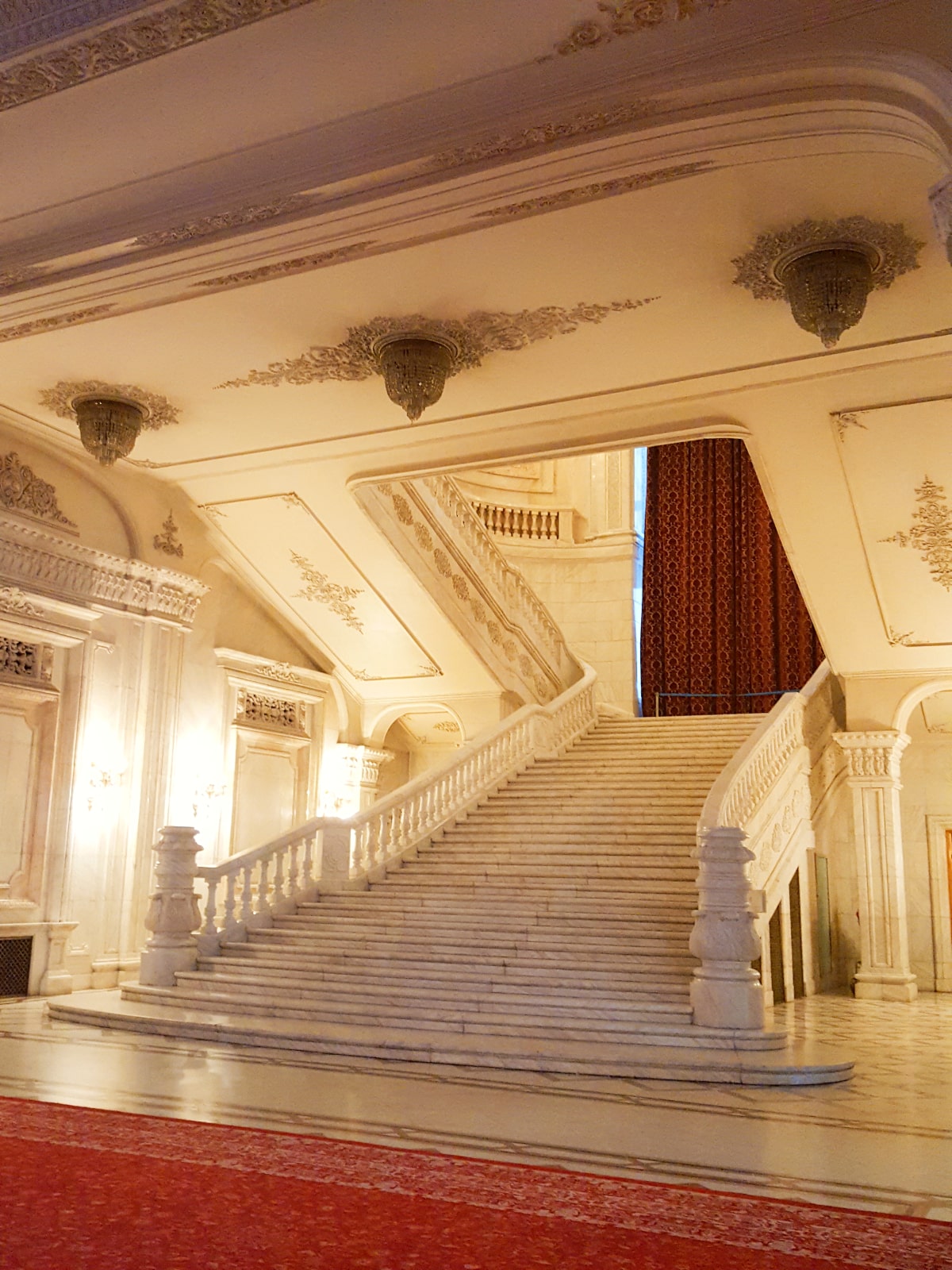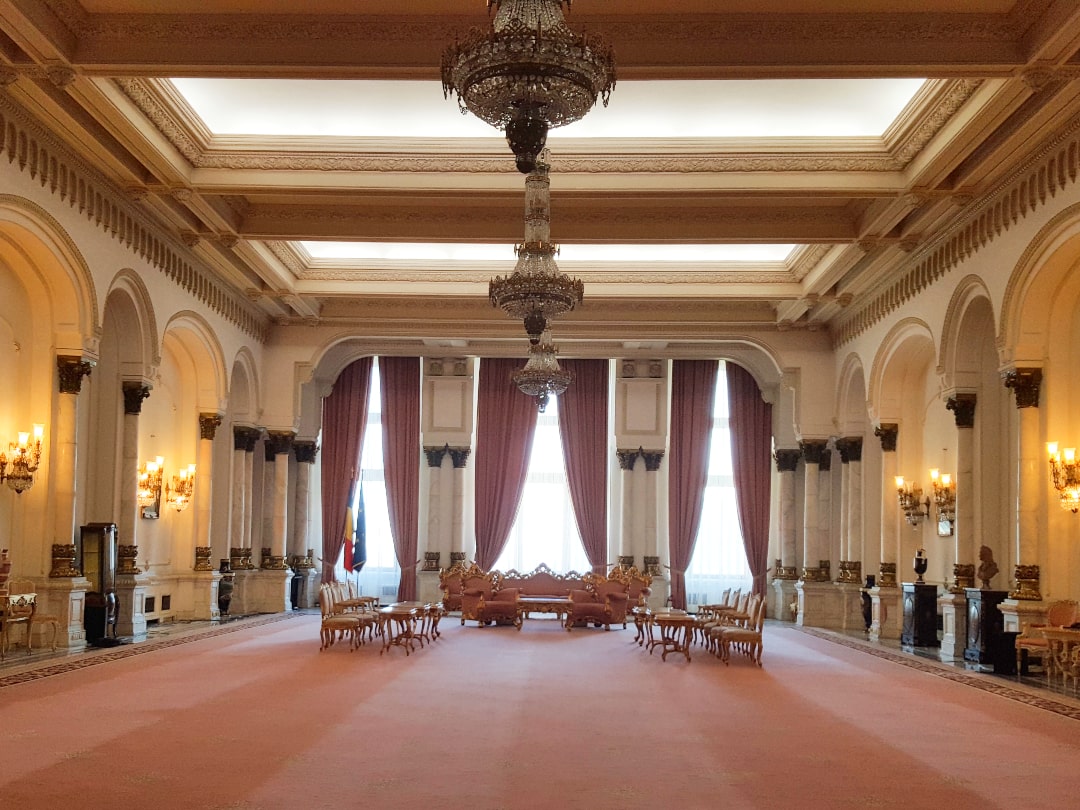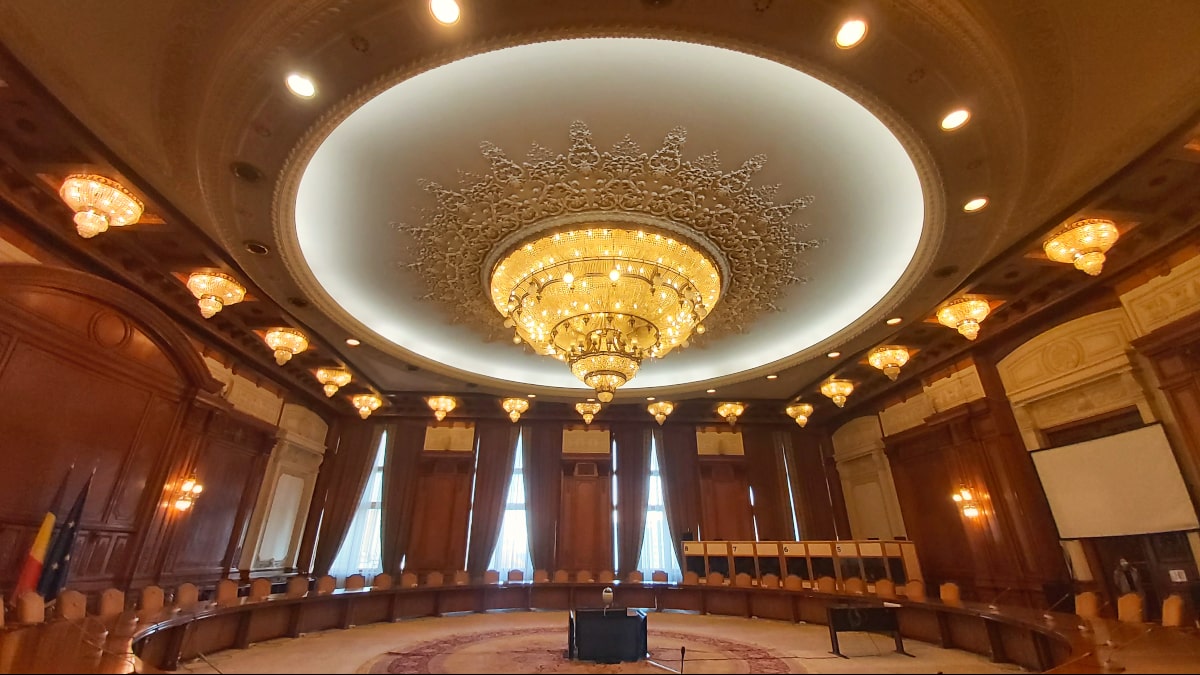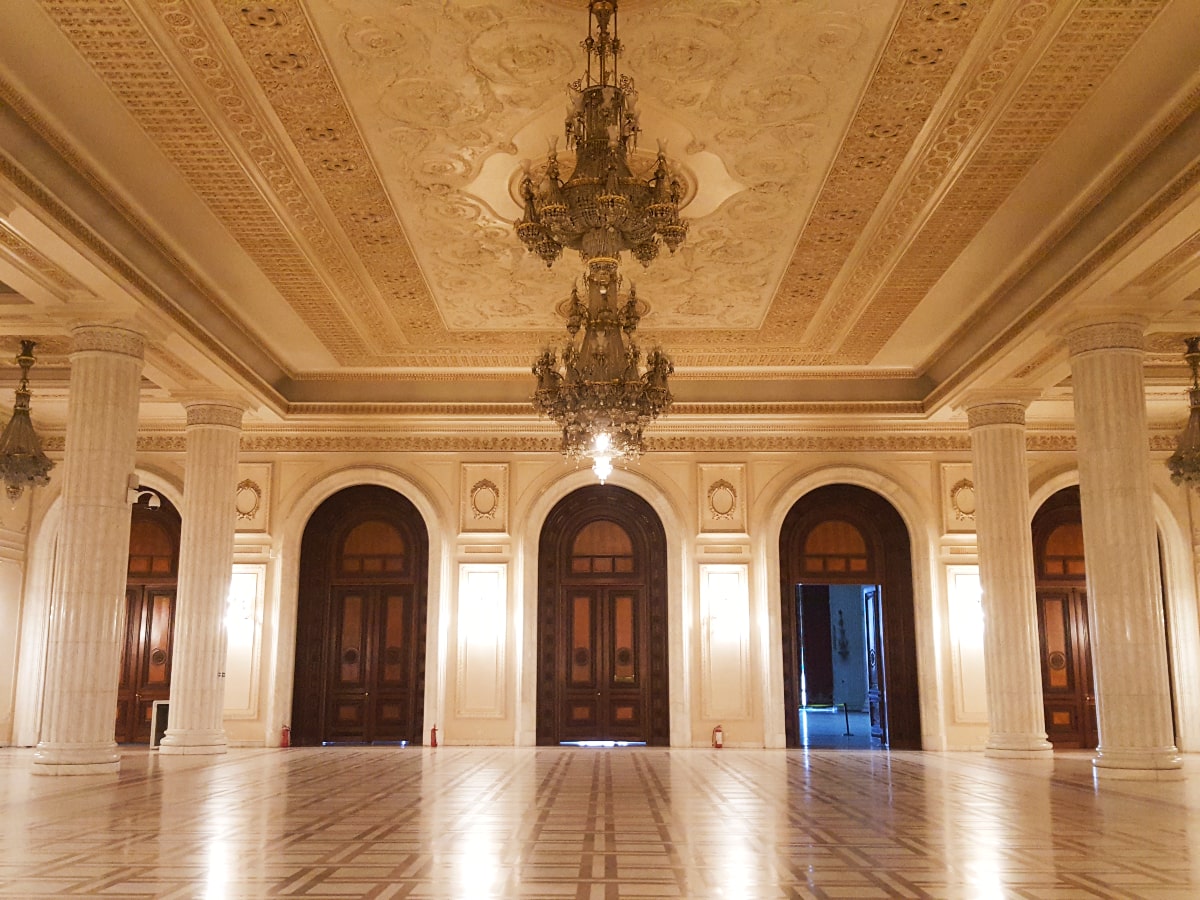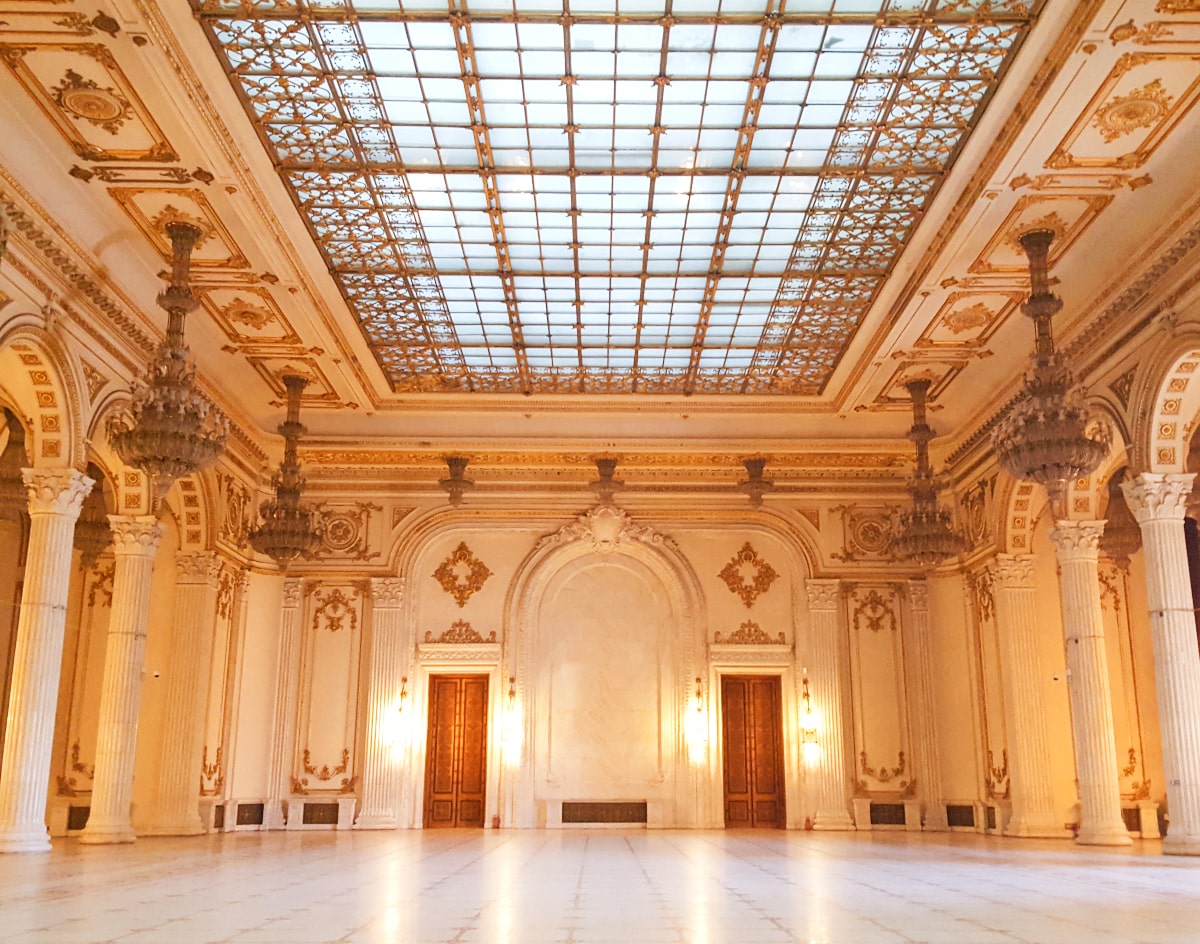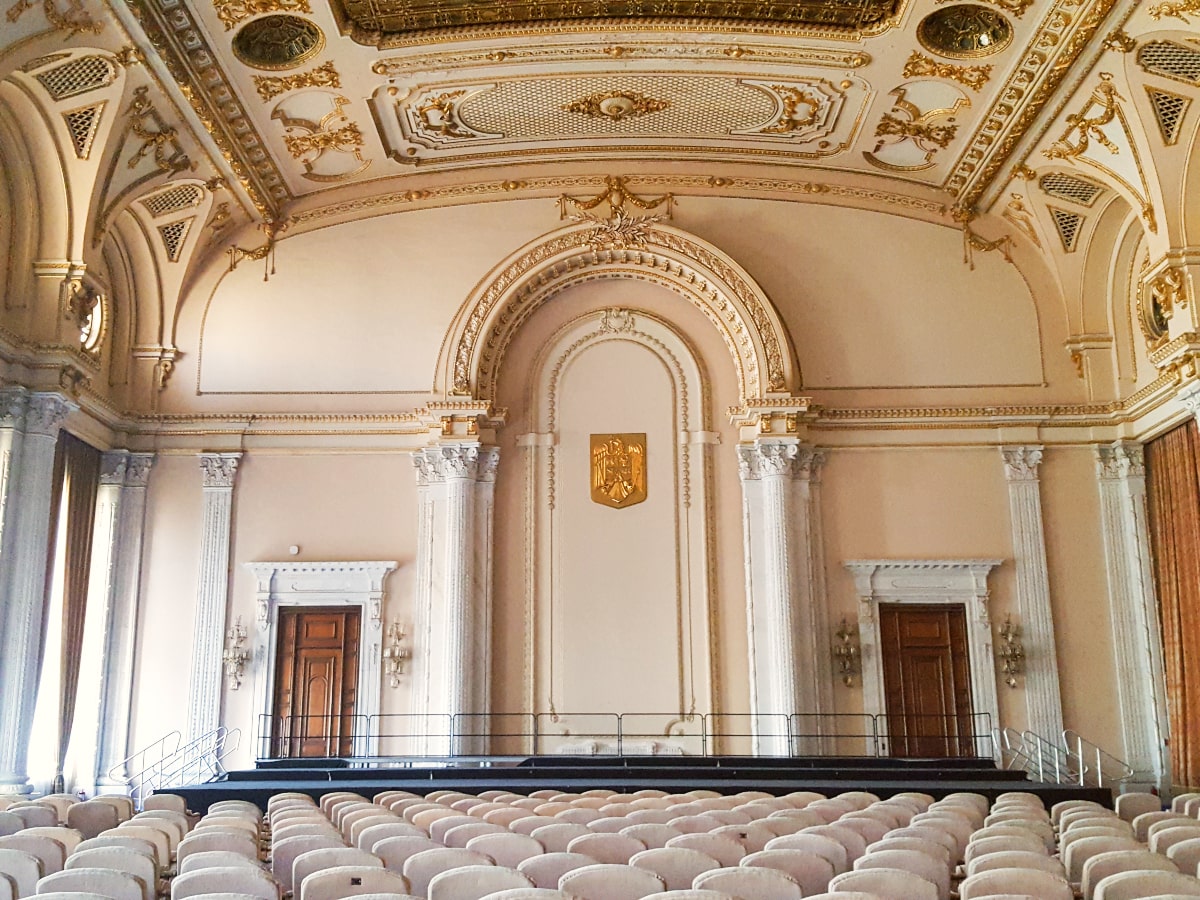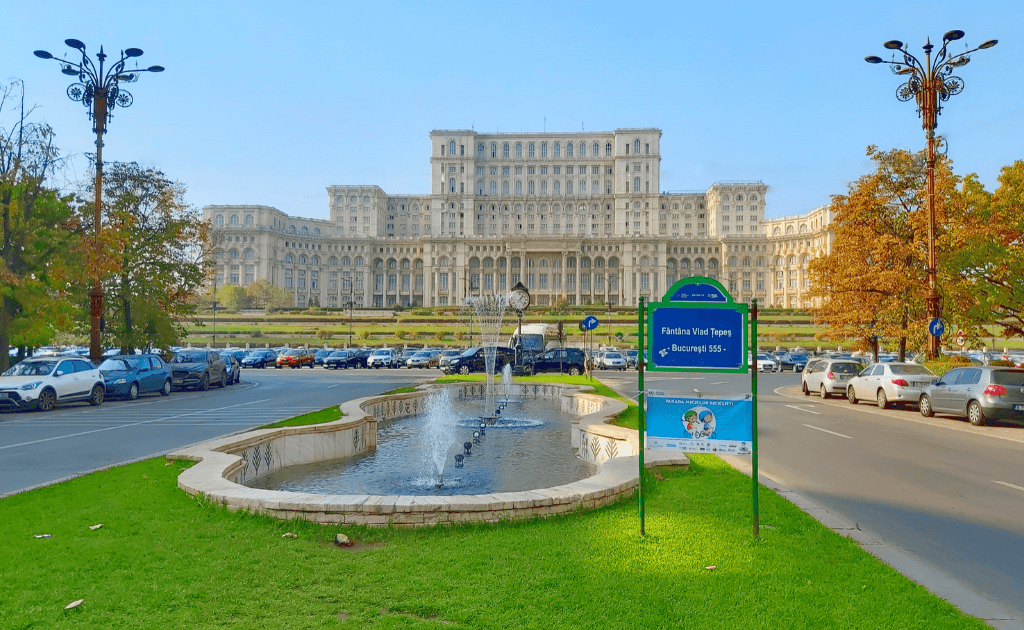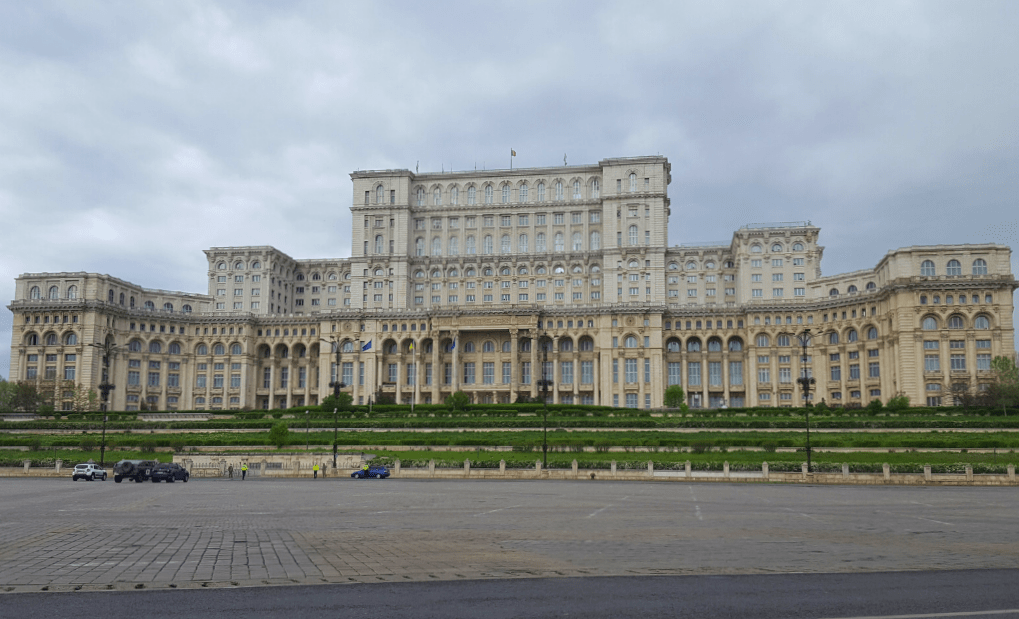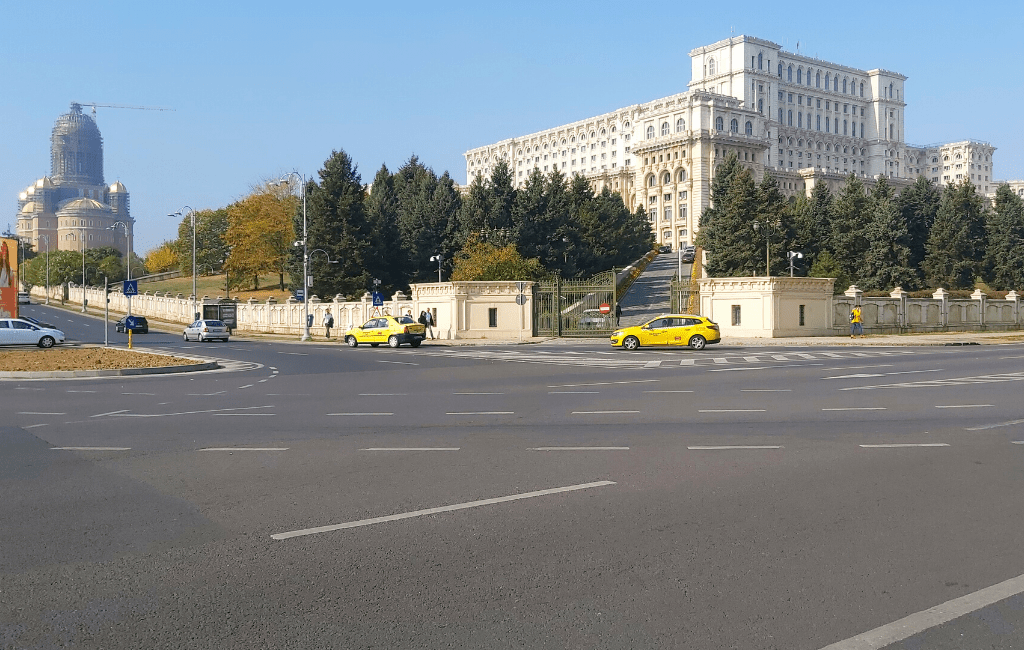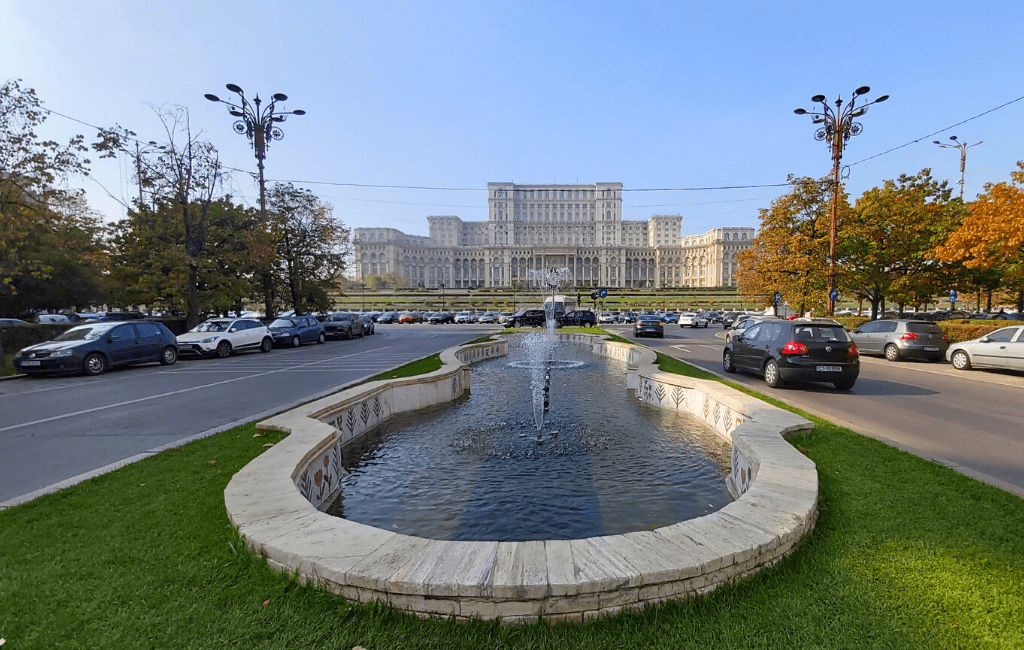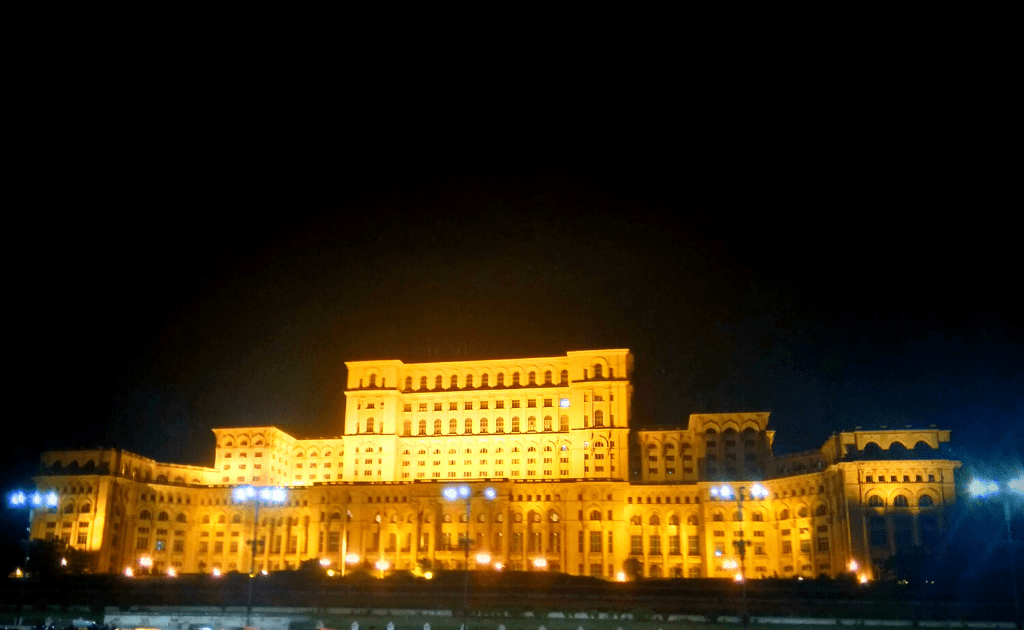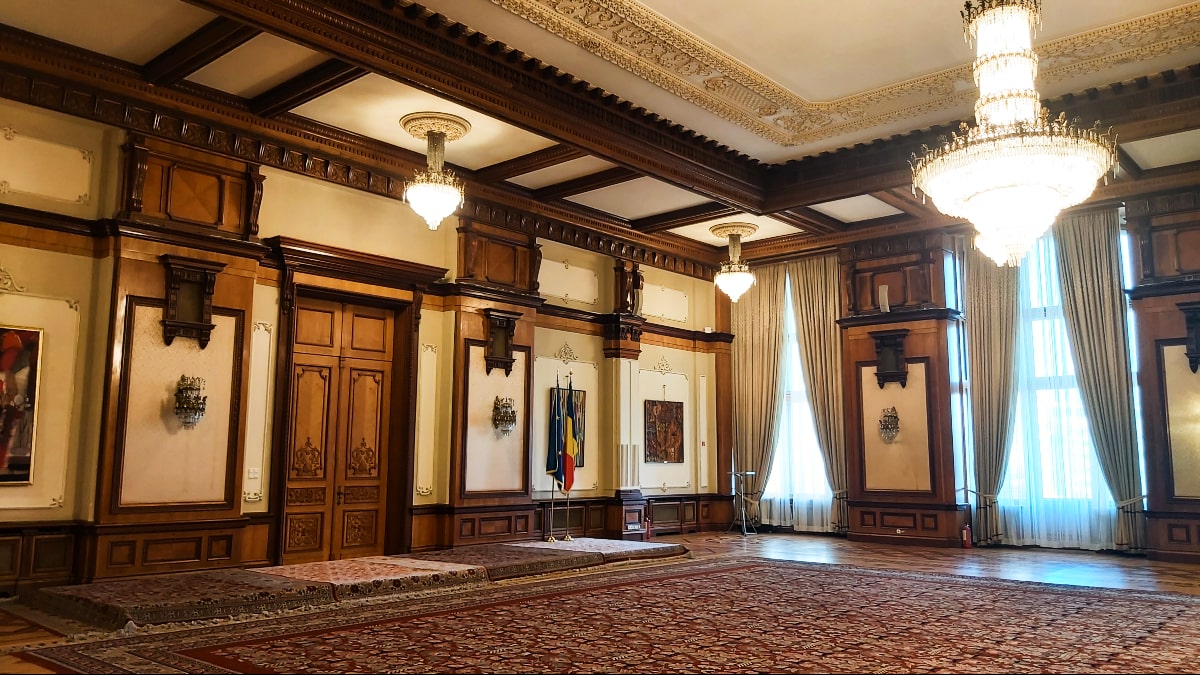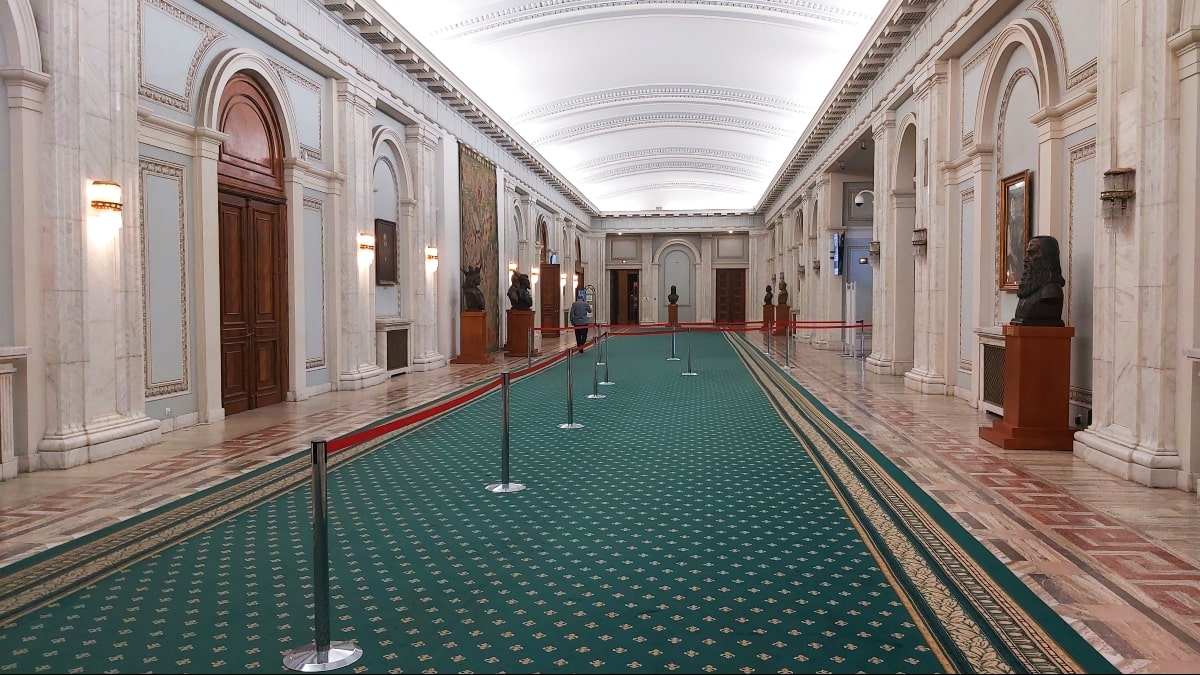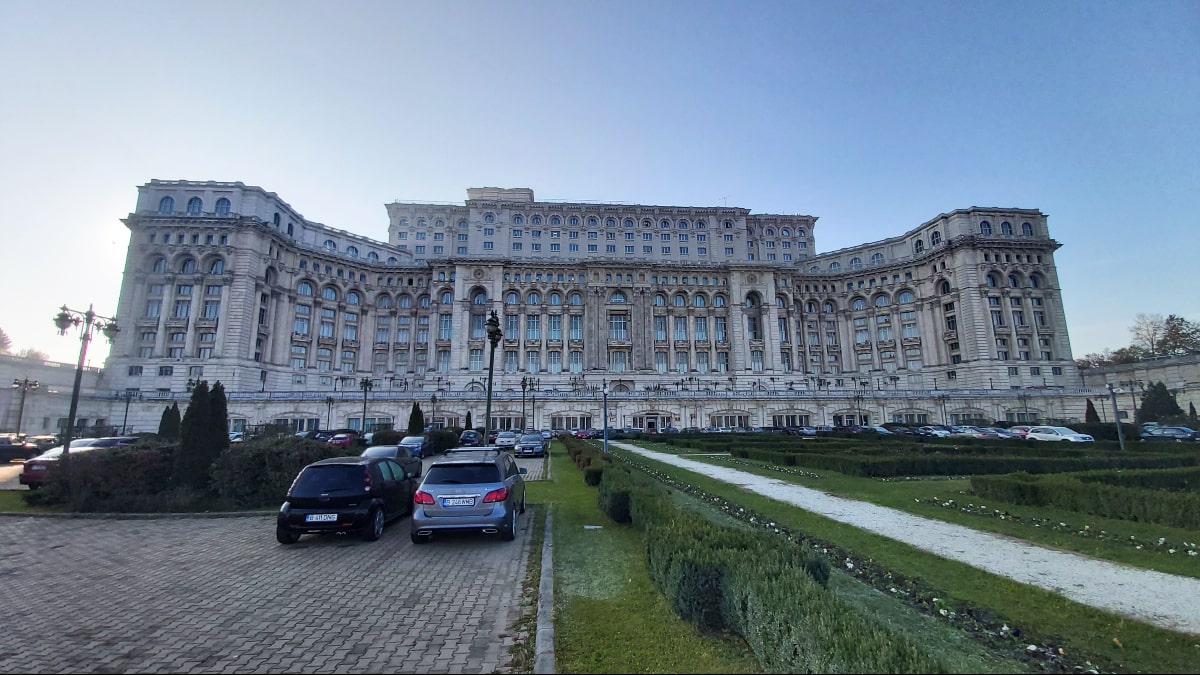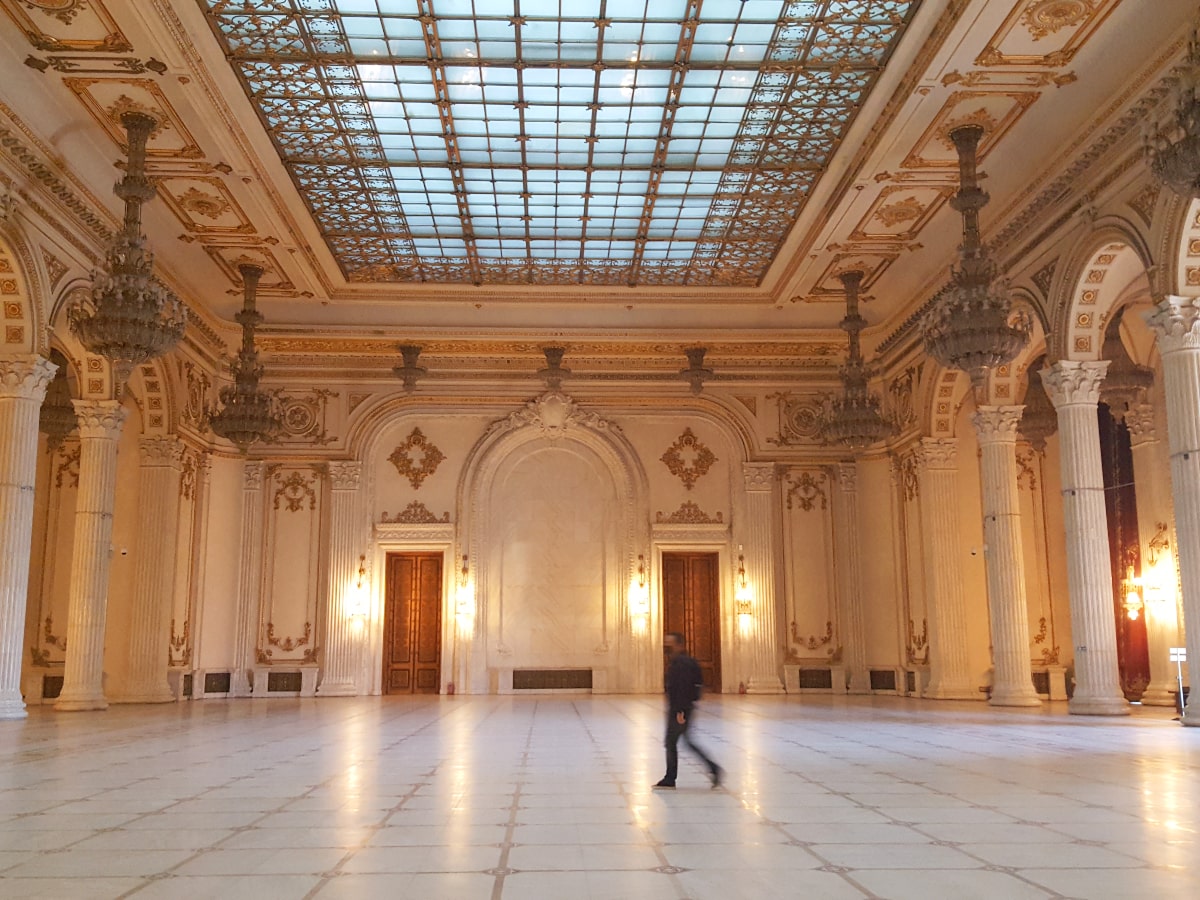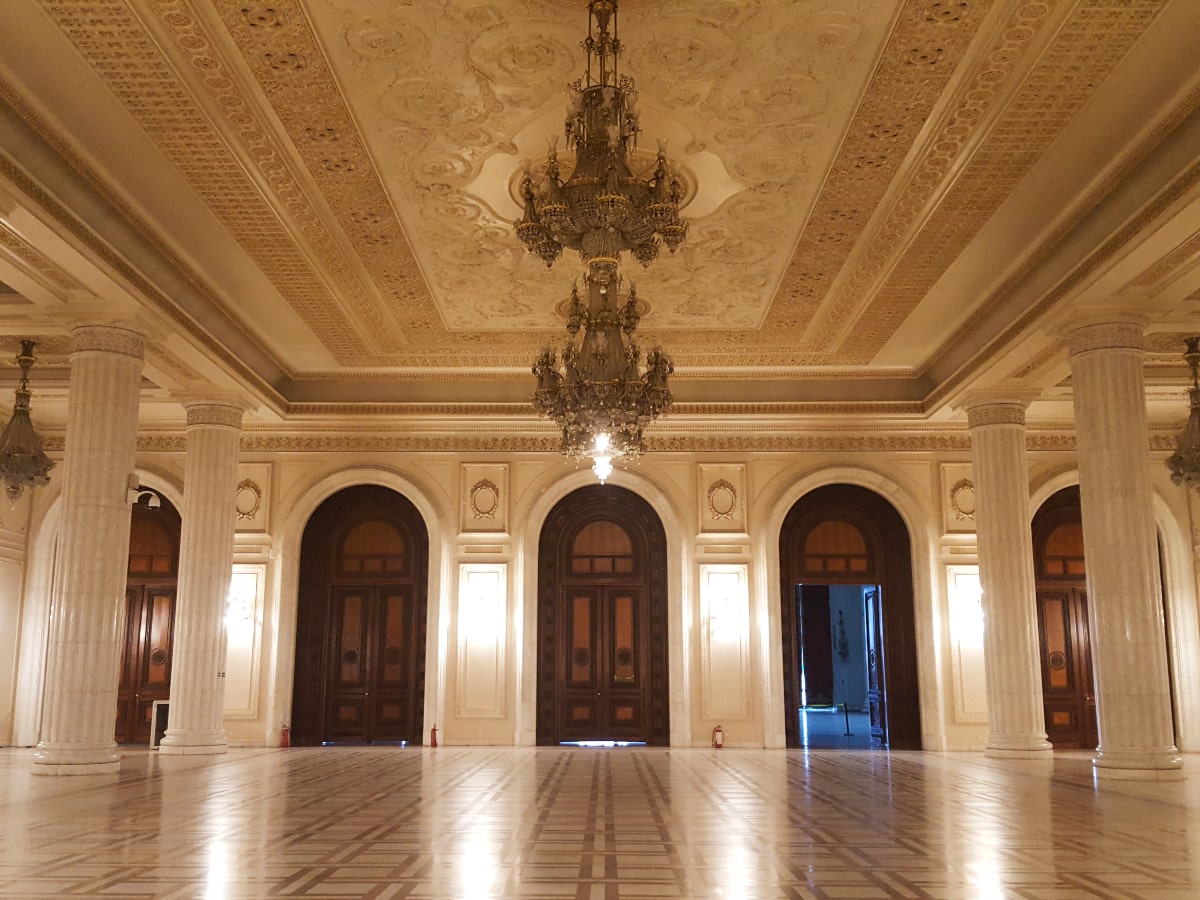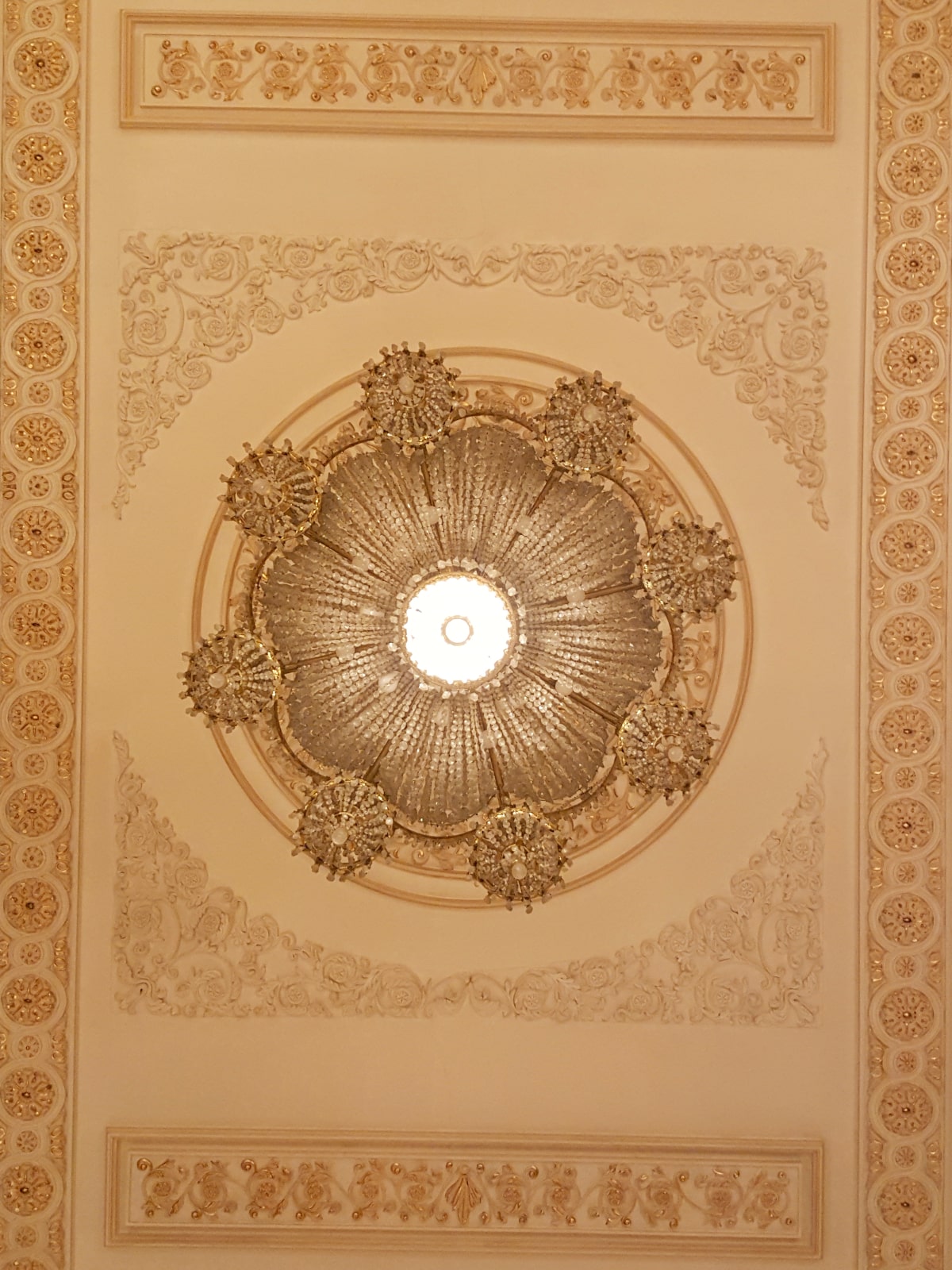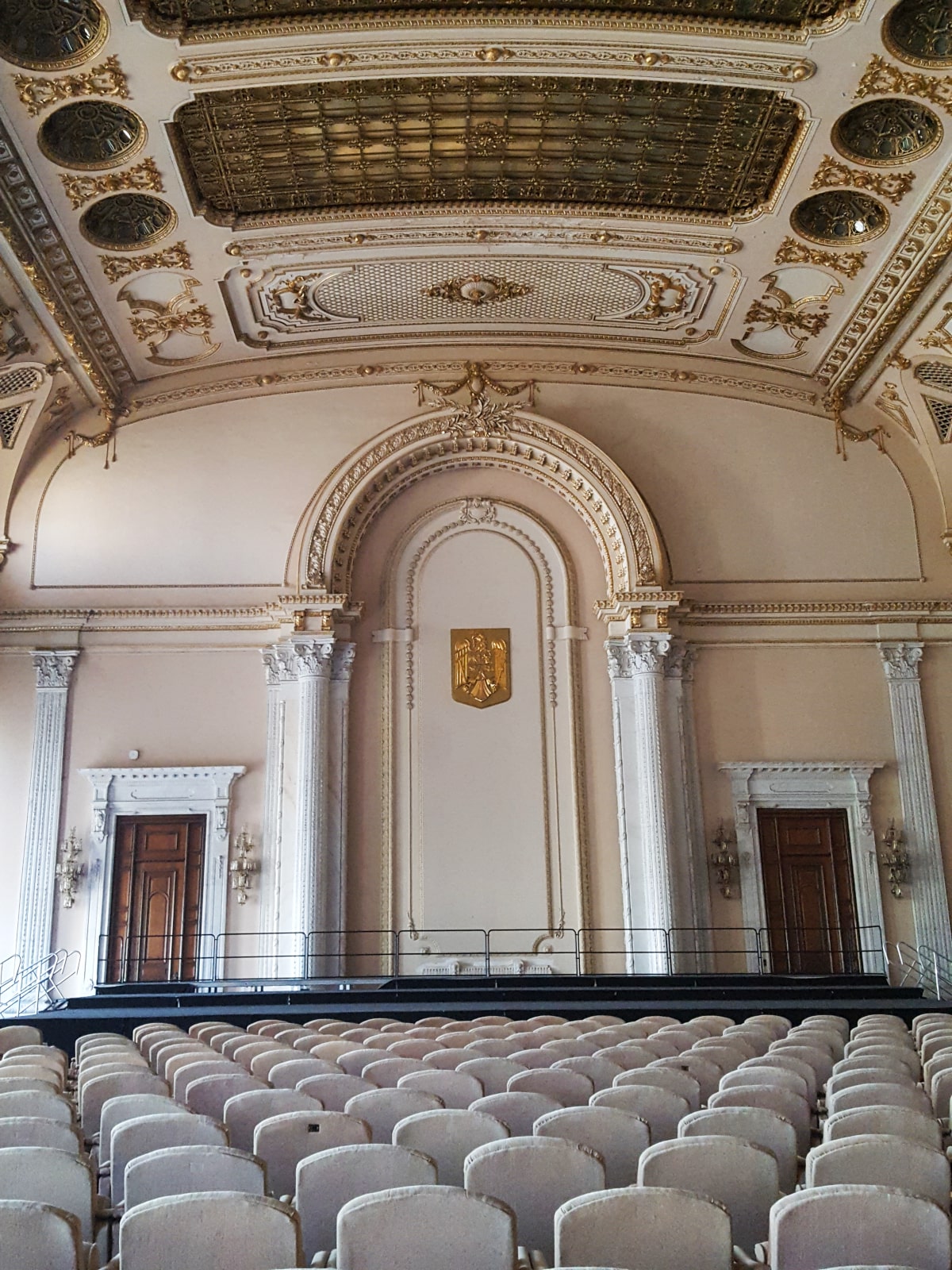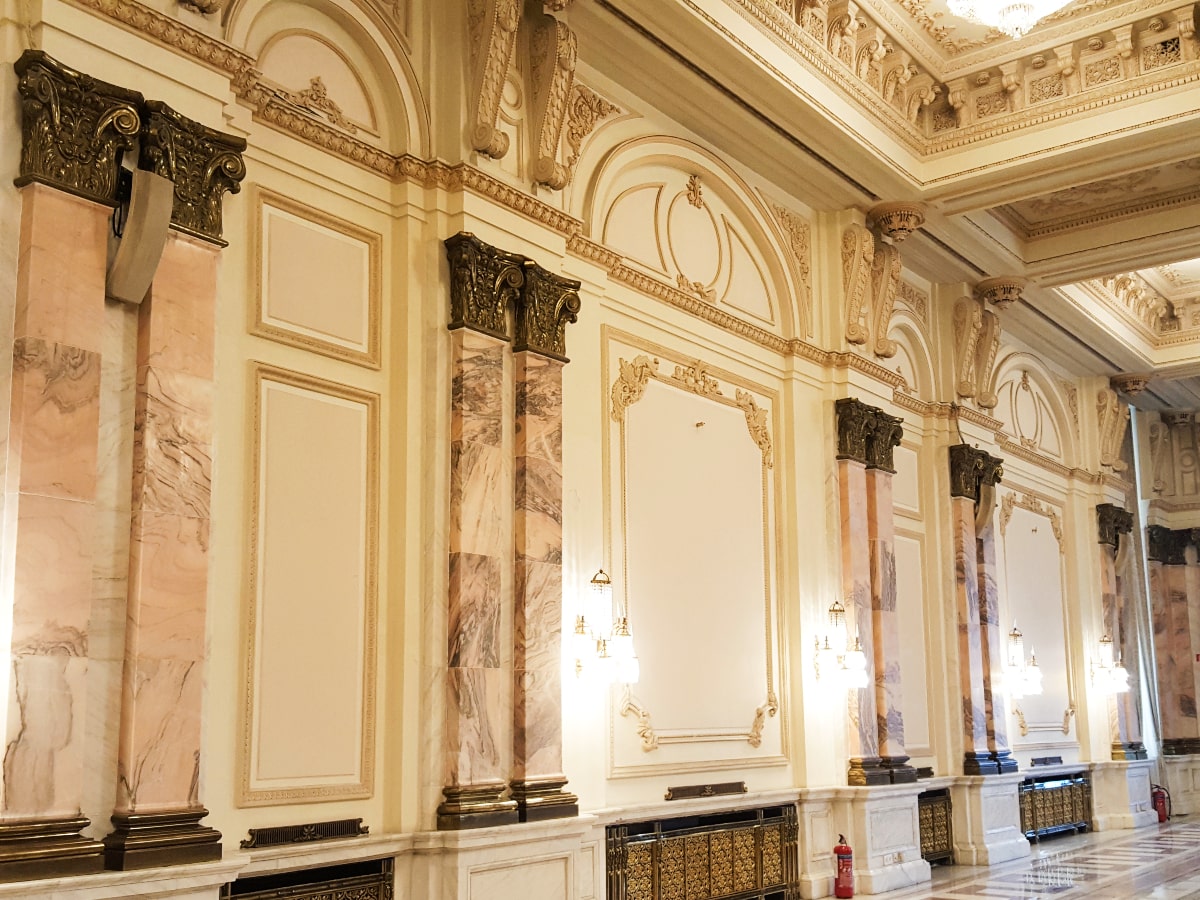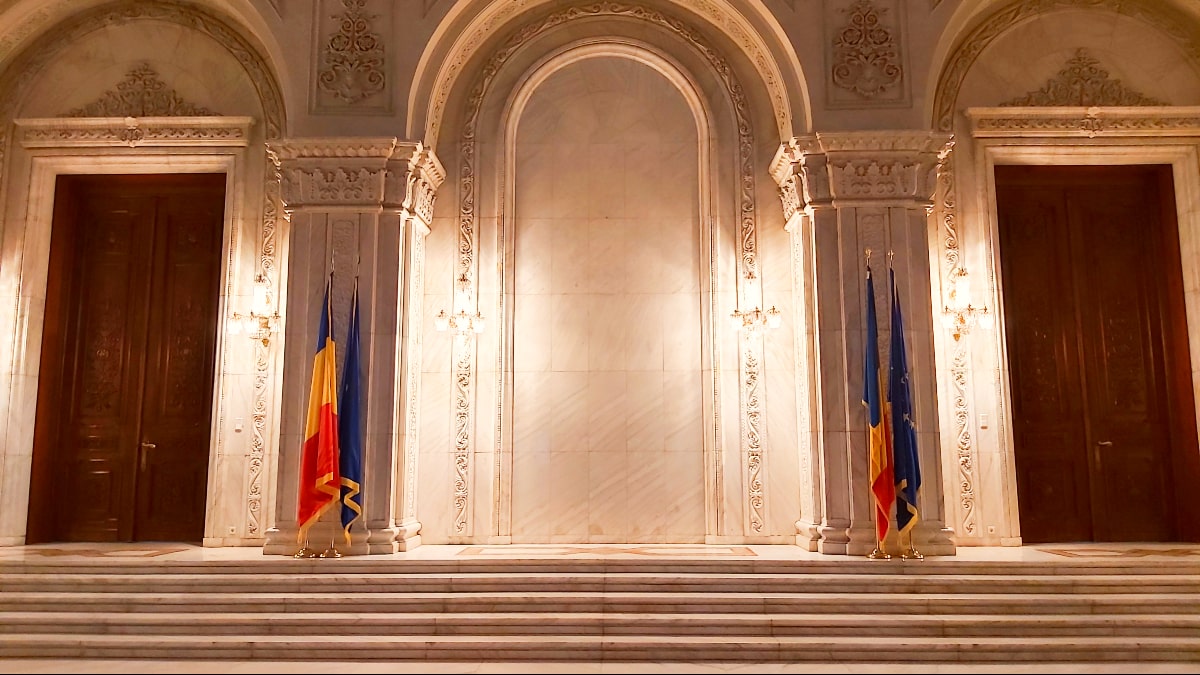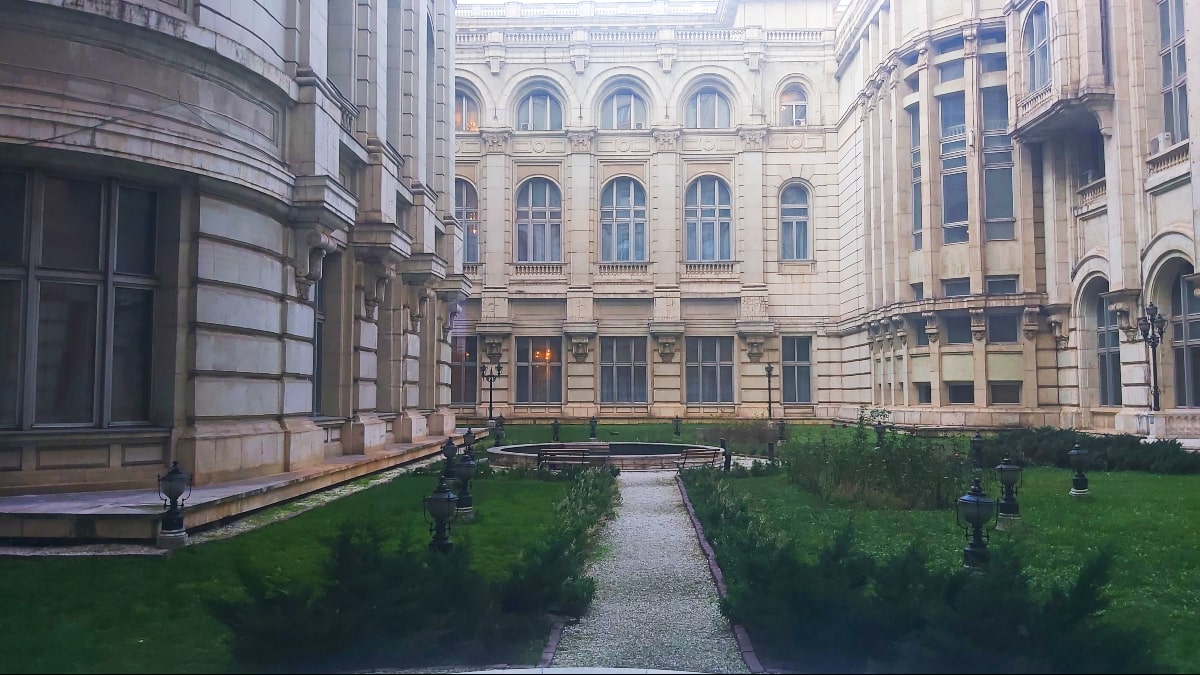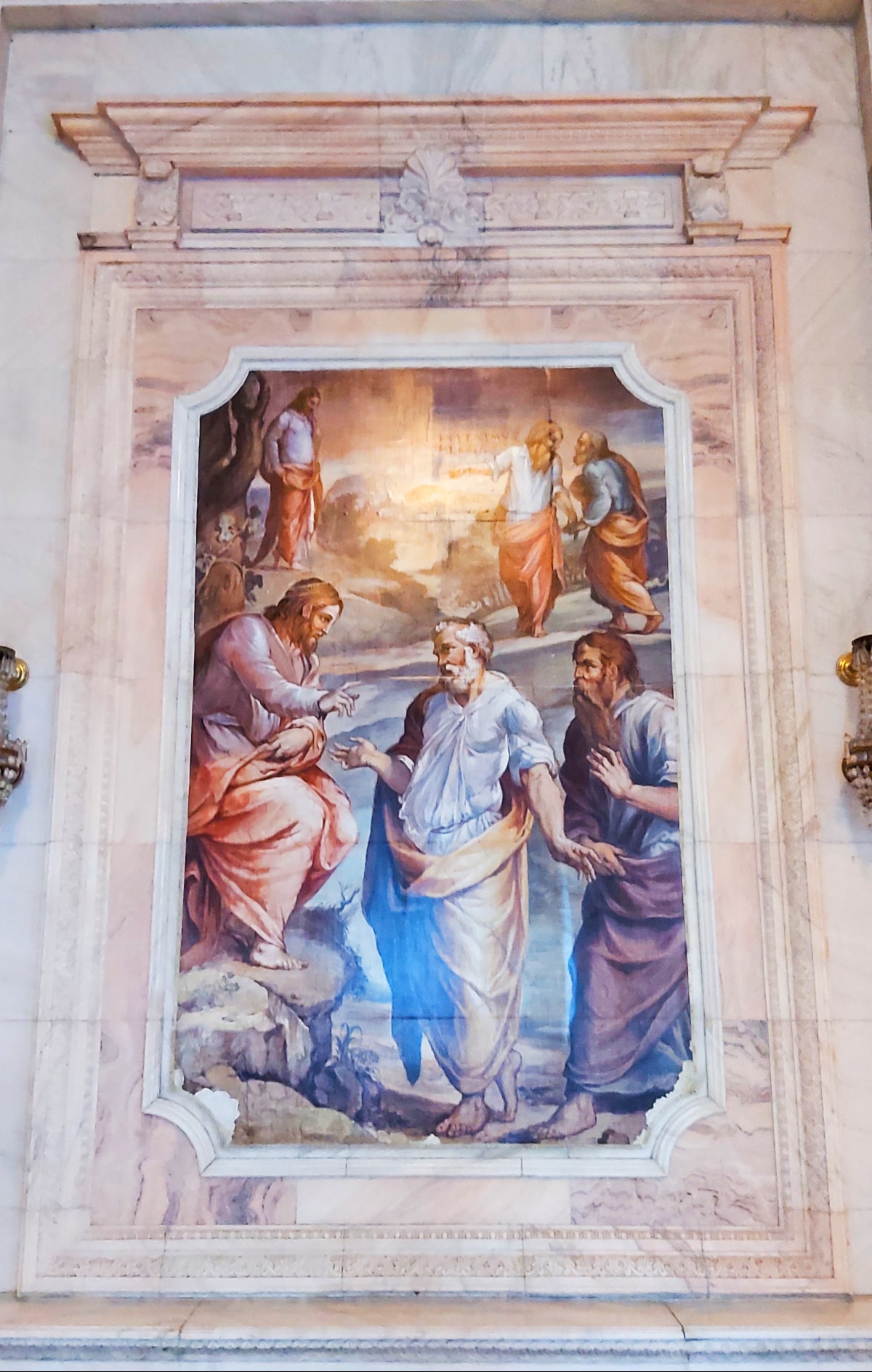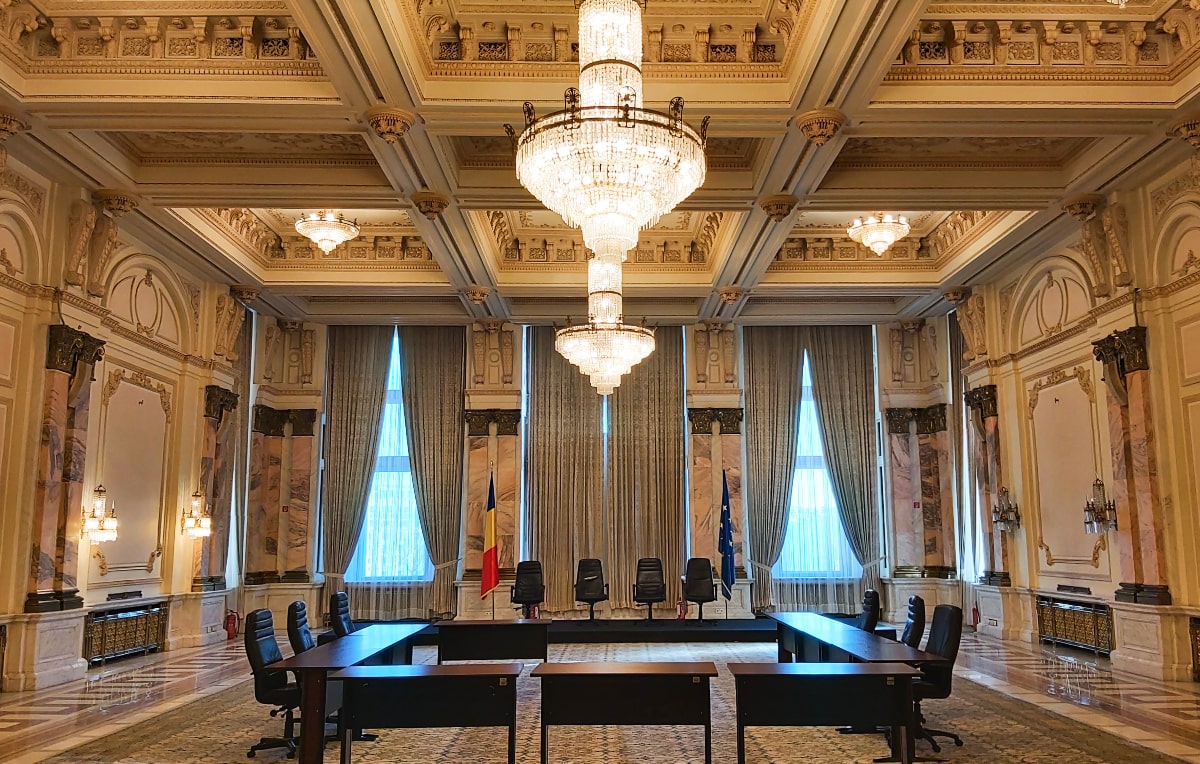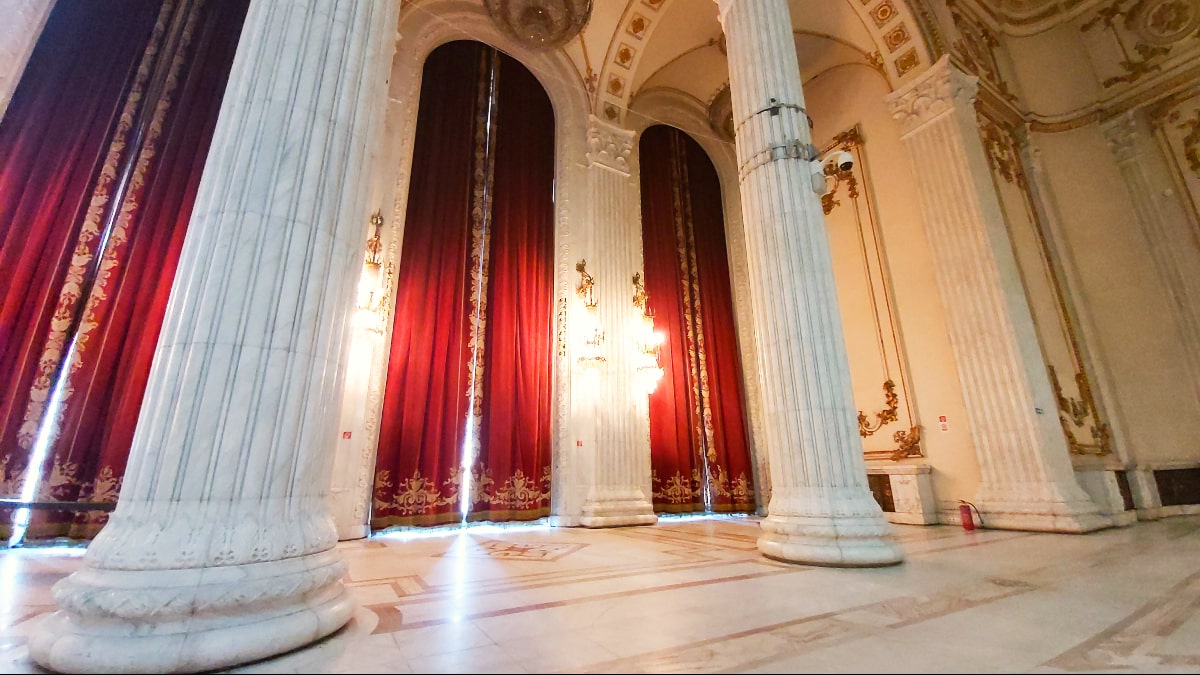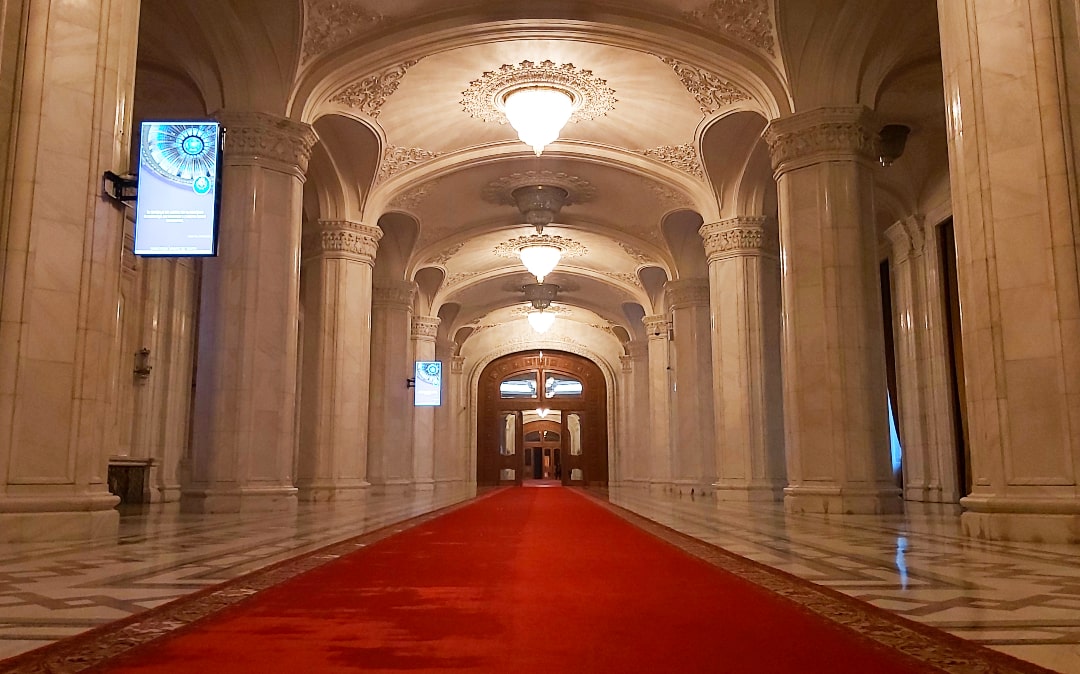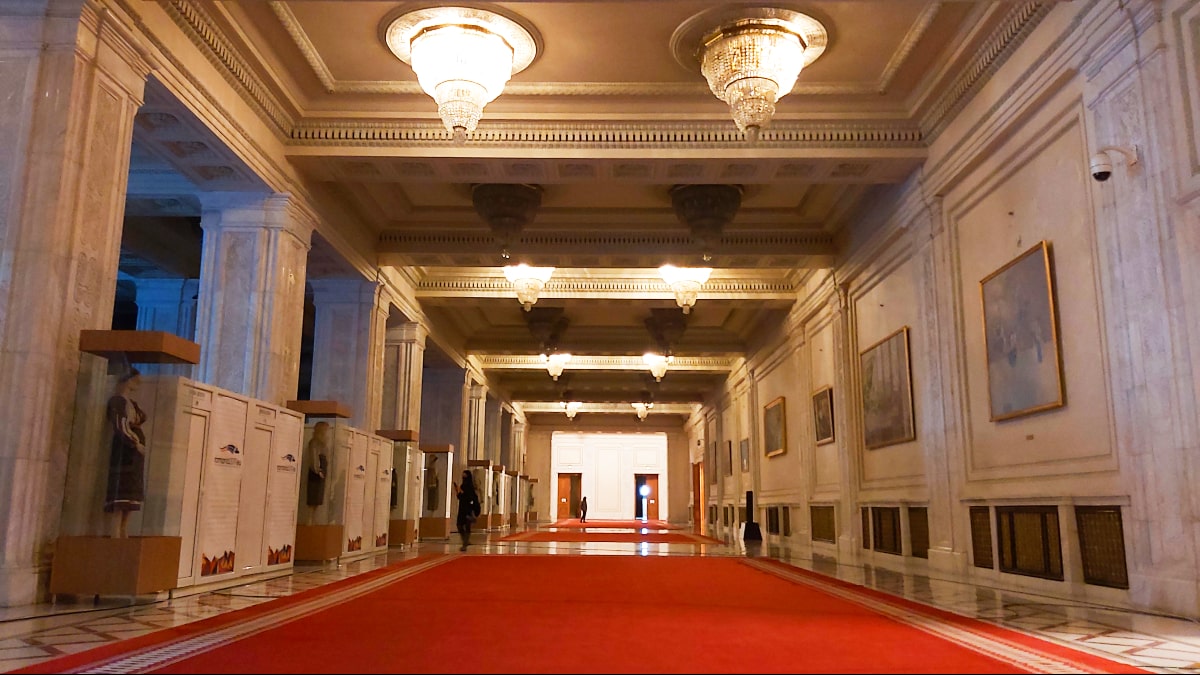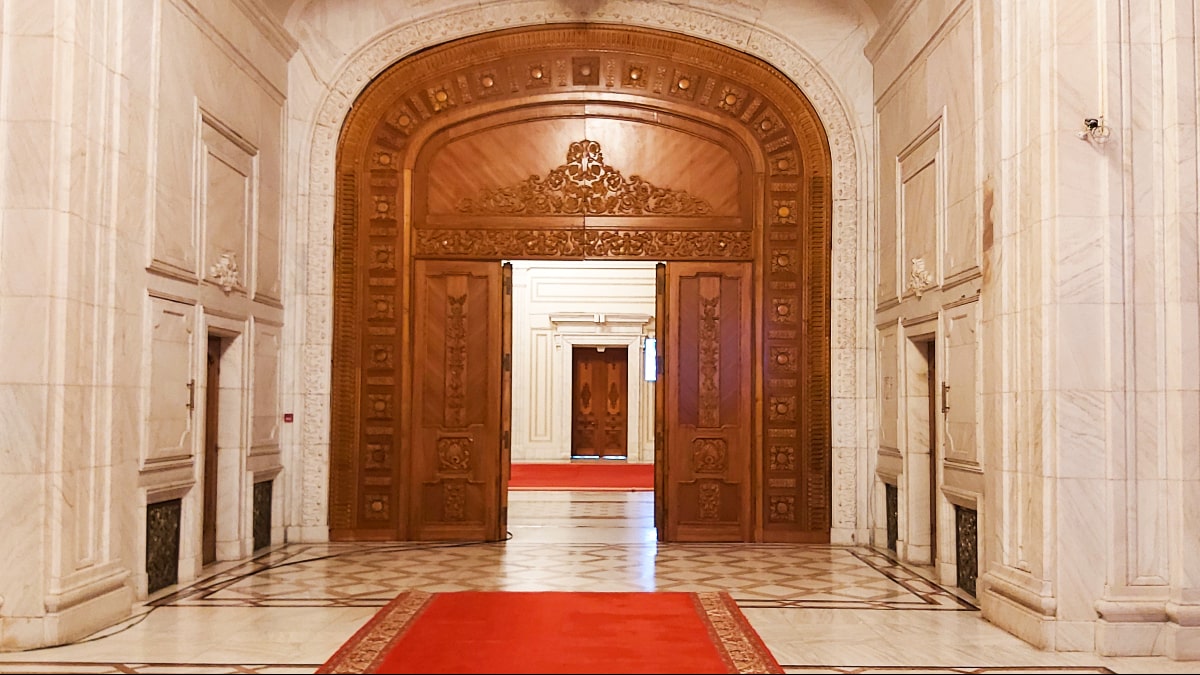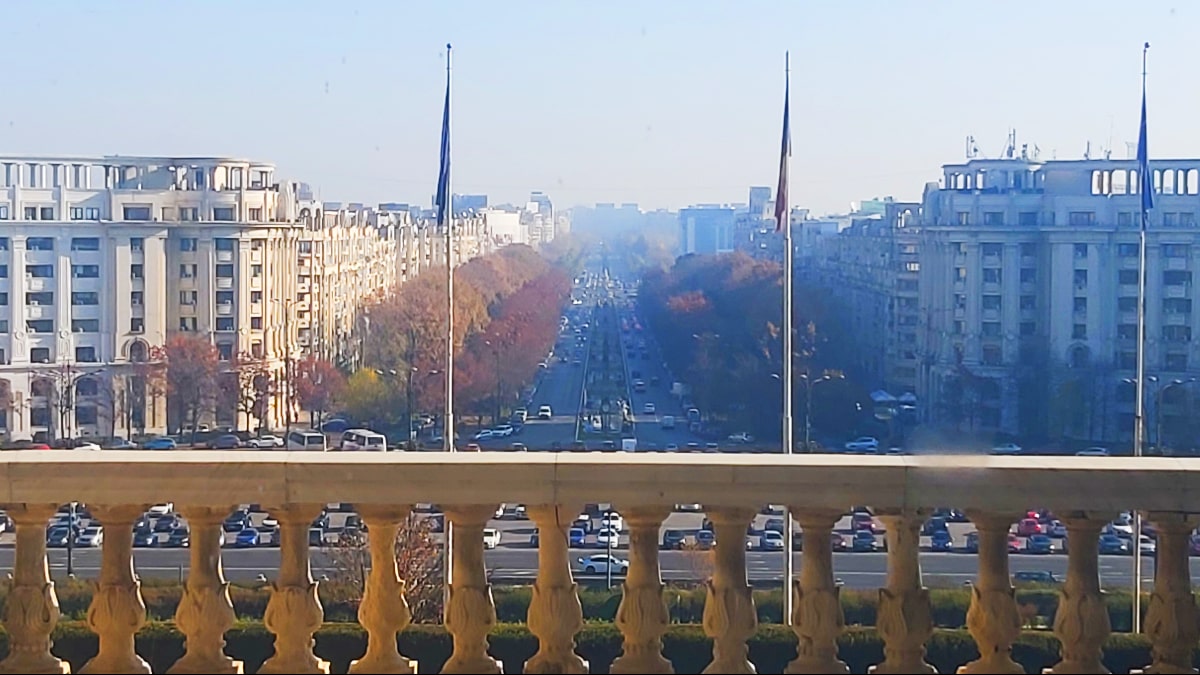Shortly after the earthquake in 1977, the Romanian communist leader of the time, Nicolae Ceauşescu, initiated the plan to build a new political-administrative center in Bucharest, in the area of the Uranus hill, the higher part of the Dâmboviţa hill, area which was confirmed by specialists as being safe for the construction of monumental buildings. This plan started as a consequence of the urbanization campaign and it was influenced by the friendship with the North Korean leader at that time, Kim Ir Sen.
Starting in 1980, 5% of the Bucharest area was demolished. An area almost equivalent to the total surface of Venice. This was the end of Uranus neighborhood, the end of those small streets paved with cubic stone, with old and quaint Romanian houses with bohemian glamour, many of which brought to light by architects from that time. 20 churches were destroyed, 8 were moved, 10,000 homes were demolished, and over 57,000 families were evicted. Brâncovenesc Hospital which was the first forensic medicine institute in the world was demolished, also.
But this was only the beginning: People's House, the current Palace of Parliament, took almost 10 years of hard work that brought together over 100,000 workers, more than 20,000 persons working 24 hours three shifts per day. Between 1984 and 1990, 12,000 soldiers took part in the construction works, as well.
The building was erected with construction materials produced in Romania, amongst which: 1,000,000 cubic meters of marble, 550,000 tons of cement, 700,000 tons of steel, 2,000,000 tons of sand, 1,000 tons of basalt, 900,000 cubic meters of rich wood, 3,500 tons of crystal, 200,000 cubic meters of glass, 2,800 chandeliers, 220,000 sqm carpets, 3,500 sqm leather.
Interesting is the fact that, for the construction of the Palace of Parliament, all the foam models were made on a scale of 1/1000 presenting the entire Bucharest city, including the streets, plazas, buildings, houses and monuments, also with certain details. Some parts of the building, like stairs, for example, were made on a scale of 1/1! The Ceaușescu couple could not understand the architectural plans and this was the handiest plan for architects to show their plans. The couple was walking over the models on a rolling bridge, giving instructions. Every 7 days, the plans changed according to the new instructions given by the ruling couple.
In 1989, when the Revolution started, only 60% of the building was finalized. At that moment, giving the resentfulness of the population against the symbols of the past era, the demolition of the building was taking into account. Yet, following the economic considerations, it was decided to complete the construction as it was cheaper than demolishing it. Thus, between the years 1992 and 1996, the construction started again.

